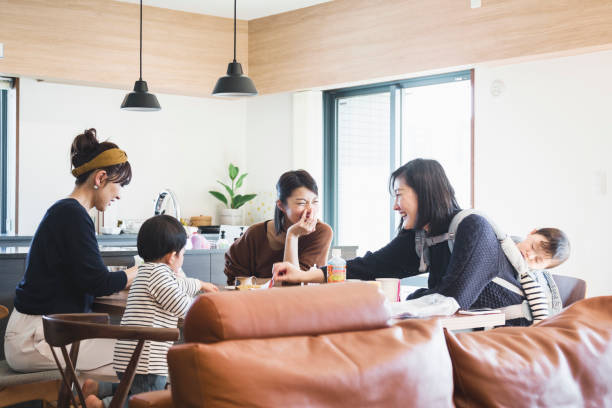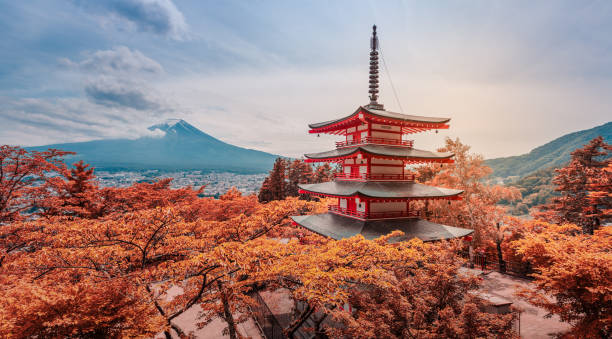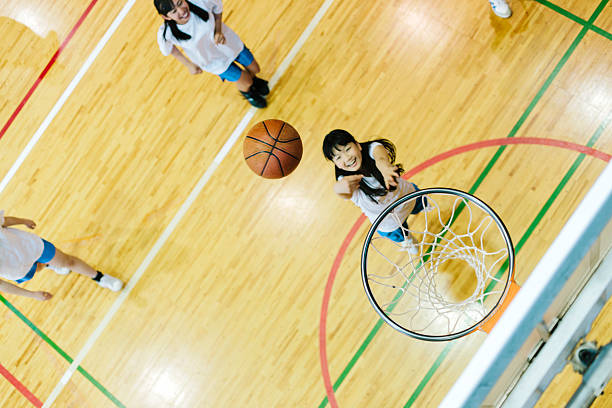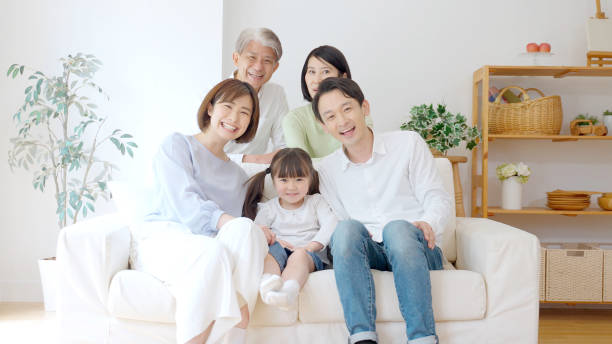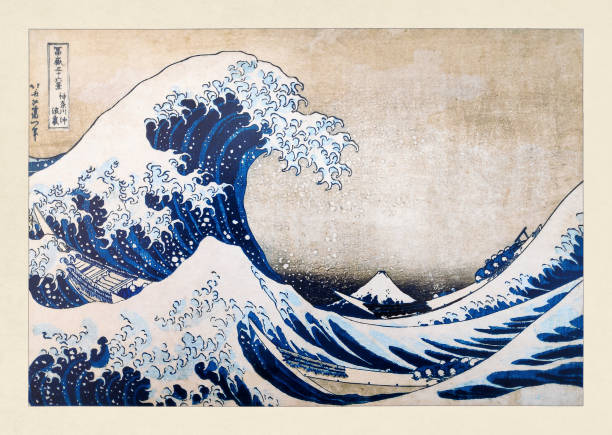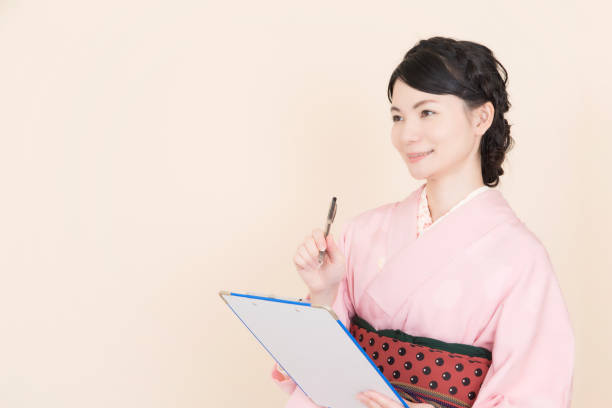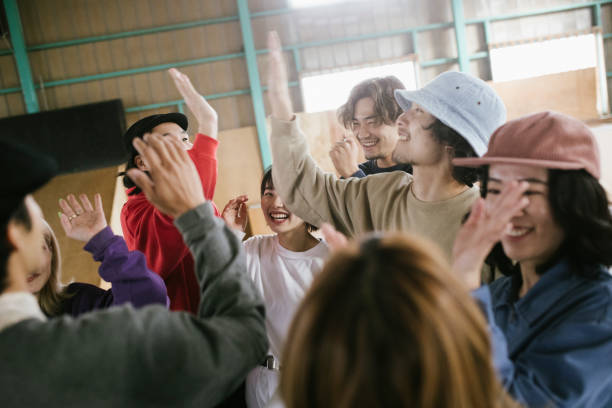Japanese Culture and tradition are complex and beautiful. China heavily influenced early Japanese culture. During the Edo period, Japan imposed a strict policy of isolationism, closing its doors to all foreign relations.
Japanese Culture
After the fall of the Edo era in 1868, Japan reversed this practice by embracing cultural practices from around the world and incorporating them into its traditions. All aspects of Japanese culture, from art to lifestyle and cuisine, have been influenced by Western culture over the years.
Language
The official language of Japan is Japanese, which is widely spoken. In the early 8th century, the earliest Japanese text, the “Kojiki,” was written primarily in ancient Chinese characters, and the origins of the language can be traced back to China.
Modern Japanese developed during the Edo period, between 1603 and 1868.
Modern Japanese consists of three alphabets:
- Kanji
- Hiragana
- Katakana
As an example of Japan’s recent adoption of Western cultures, ideas, and words, the development and widespread use of Katakana is telling.
Cuisine
Most Popular Food In Japan
| Rank | Food |
|---|---|
| 1 | Sushi |
| 2 | Tempura |
| 3 | Yakitori |
| 4 | Tsukemono pickles |
| 5 | Kaiseki |
| 6 | Udon |
| 7 | Soba |
For the most part, the Japanese diet consists of fish. About 12% of the world’s caught fish is consumed in Japan, the world’s largest fish importer.
Sushi, a dish of raw fish, seaweed, and white rice, is probably the most well-known Japanese dish. Besides fish, the Japanese consume beef, poultry, and pork daily.
Religion
Japan’s major religions are Shinto and Buddhism. Buddhism was brought to Japan from China in the 6th century, while Shinto is a Japanese religion. Nearly 40% of Japanese people identify as Buddhist, 3.9% as Shinto, and 2.3% as Christian.
Celebrations
The New Year’s celebration is the most important event in Japan’s calendar. Japanese people celebrate the gods of the land and sea, or Matsuri, during spring and summer. Every town has its own Matsuri, and it’s common for people from all walks of life to attend.
Summary
Some of Japan’s most beautiful works of art are traditional handicrafts. Pottery, lacquer work, cloisonné, bamboo ware, papermaking, silk weaving, and cloth dyeing are notable crafts.
Sports
Playing sports is an integral part of Japanese culture. Baseball, soccer, and rugby were imported from other cultures, while Sumo, judo, and karate are traditional Japanese sports.
Since Sumo is Japan’s national sport, most Sumo practitioners are from the country itself. Since the Edo period, when modern Sumo was first developed, little has changed. Baseball is America’s most popular sport. When it arrived in the country in 1872, it quickly became a hit.
Family Structure
Mother, father, and children are the traditional members of the “Kazoku” family in Japan. The Kazoku, as a group, has a long history of living with their elderly relatives. However, in recent years, the number of three-generation households has decreased.
Japanese Arts
Delicacy and elegance in the form are hallmarks of Japanese art, along with a willingness to keep things simple. Traditional Chinese arts are viewed by the Japanese as being too flashy or ostentatious.
Exuberant self-realization at the expense of more severe exploration of conflicts in human relationships is seen as a flaw in Western art recently introduced to Japan. The bittersweet melancholy so prevalent in traditional Japanese drama is attributed to this.
Traditional Forms
Performers are known for their ability to combine elements from different periods, such as music, dance, and drama, to create a unique and compelling experience.
Bugaku (court dance and music), Noh (N; the classic form of dance-drama), kyogen (a type of comic opera), Bunraku (the puppet theatre), and Kabuki is the primary traditional theatrical forms (drama with singing and dancing).
Western-style new theatre dramas and butoh, a highly stylized dance form, are two examples of newer genres. Among women’s interests are ikebana, the tea ceremony, and calligraphy, all of which are seen as aesthetic achievements.
Although the popularity of traditional Japanese art forms such as painting, dance, and music has declined, the poetic forms of haiku and waka have continued to thrive.
Social Customs
The traditional arranged marriage (miai-reckon) is being replaced by the love match in the more anonymous world of the city. Even if the marriage is a love match, a go-between (■■■■■) is often a family friend, relative, or mentor.
There are kimonos after the traditional Shinto wedding ceremony, which involves the bride and groom donning elaborate a more formal Western-style observance.
Cultural Institutions
Culture is promoted and disseminated by the Agency for Cultural Affairs of the national government (founded in 1968), as well as cultural properties and historical sites are preserved.
The agency is home to several national museums and cultural property research institutes. An exciting aspect of this practice is that the agency is identifying and recognizing traditional Japanese art forms artists, performers, and artisans as well.
Summary
These people have been designated as “living national treasures” and are given an annual stipend to help them develop and teach their skills to new apprentices. Using this program, you can save a lot of styles and forms that would otherwise be lost.
Frequently Asked Questions - FAQs
Most Frequent Questions About Japanese culture:
 Japan is located upon which continent?
Japan is located upon which continent?
Japan is a country in East Asia, consisting of four main islands: Honshu, Shikoku, Kyushu, and Hokkaido. Japan is a country in East Asia, consisting of four main islands: Honshu, Shikoku, Kyushu, and Hokkaido. The Northern Hemisphere includes Japan because it is located above the equator (Northern). It is Eastern because it lies entirely east of the Greenwich meridian.
 When does it snow in Japan?
When does it snow in Japan?
At the top of some mountains, it’s practically year-round except for the summer months. The snow begins to fall in Japan exactly when it should, from late December to the end of February in some areas, while in others, it can begin as early as December.
 Which population in Japan?
Which population in Japan?
About 127 million people, of which about 2 million are foreigners; in the region and vicinity of Tokyo alone, 30 million people are already residing. Space and houses in other areas are ample despite their high population density. Japan is a land of mountains and forests.
 Is Japanese a Difficult Language to Learn?
Is Japanese a Difficult Language to Learn?
Learning Japanese is a rewarding and taxing experience all at the same time. Your first language (Chinese people, for example, have an easier time learning the writing system) and how much you want to learn will have an impact on your answer here.
Trying to pass the higher levels of the JLPT (Japanese Language Proficiency Test) will be a lot easier if your goal is to converse with locals.
 What’s Christmas like in Japan?
What’s Christmas like in Japan?
Many western holidays are celebrated, but they are often observed uniquely. Tea ceremony, calligraphy, ikebana (flower arrangement), and gardening, as well as architecture, painting, and sculpture, are all examples of Japan’s highly refined traditional arts.
 Is Health - care Expensive?
Is Health - care Expensive?
It all depends on where you come from. When I was a student, many British students were surprised to learn that they had to pay for medical insurance when they arrived in the United States (from what I remember, it was around 3,000 yen a month). Americans, on the other hand, were ecstatic about the lower prices!
 Is Everyone Polite?
Is Everyone Polite?
The politeness of the Japanese is well-known. In some ways, this is true; customer service is generally excellent, people apologize for almost anything, and bowing is a common way to say thank you, hello, goodbye, or “sorry.”
 What is the most common culture in Japan?
What is the most common culture in Japan?
The two main religions in Japan are Shinto and Buddhism. The Japanese government’s Agency for Cultural Affairs conducted an annual study on religion in 2018 and found that 66.7 percent of the population practiced Buddhism, 69.0 percent practiced Shintoism, and 7.7 percent practiced other faiths.
 What kind of clothing does Japan wear?
What kind of clothing does Japan wear?
The kimono is the national costume of Japan. It’s common for kimonos to be made of silk, with long sleeves and a length that extends from the shoulders to the soles. An obi, a wide belt, is used to secure the garments to each other.
 Why do Japanese people eat on the ground?
Why do Japanese people eat on the ground?
In contrast to sitting in a chair for long periods of time, sitting on the floor stretches out your knees and hips. As a result of this position’s ability to keep you from slouching, it also strengthens your back and shoulders.
Conclusion
Overall, I think this web text’s various genres fit the subject matter well. Various aspects of Japanese culture, such as beliefs about the seasons and the importance of festivals, can be seen in these different genres.
The poems were the most interesting to learn about, so writing about them was a lot of fun for me. Even though I found the song interesting, it was challenging to write about because it was so abstract.
None of them was terrible, but they weren’t quite as interesting as the poetry. One cannot fully comprehend Japanese culture through the various writing genres, and there is much more to learn about. However, they show a comprehensive view of the topic.
Related Article
2 - Date In Japanese

